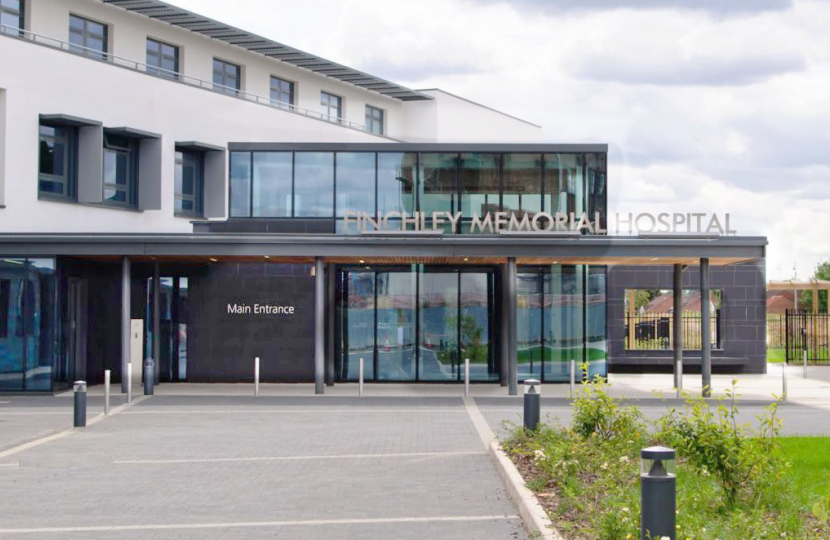
The Department for Health and Social Care has this week announced a comprehensive Delivery Plan to tackle the Covid-19 backlog of elective care. This plan sets out a realistic but ambitious set of actions and principles which will help local NHS organisations utilise new investment to build on the momentum they have achieved so far, encouraging them to go further and faster.
The plan sets out how the Government will transform services, harness the potential of data and technology, and expand our workforce and physical capacity. Most importantly, this strategy has a strong focus on patients, prioritising those in greatest clinical need and giving them more information and choice about their care, thereby ensuring that we improve patient experience.
Crucially, the plan also seeks to address the inequalities in care and health outcomes which have long existed, ensuring the recovery is a fair one for all those who need treatment. In addition, the Government recognises that any solutions for tackling the COVID-19 backlog cannot rely on making the same staff work ever harder. Despite the herculean efforts of NHS staff since the start of the pandemic amidst unprecedented pressure, there is much more we can do to help them provide the best care. To succeed in improving our NHS, we must first grow and support our staff so they can deliver excellent services.
The Delivery Plan’s primary objectives for clearing the NHS backlog are as follows:
- Waiting times for elective care of more than 1 year eliminated by March 2025
- That 95% of patients needing a diagnostic test receive it within six weeks by March 2025
- By March 2024, 75% of patients urgently referred by their GP for suspected cancer are diagnosed or have cancer ruled out within 28 days
- For patients who need an outpatient appointment, the time they wait to be significantly reduced by transforming the model of care and making greater use of technology.
To support elective recovery, the Government plans to spend more than £8 billion from 2022/23 to 2024/25, supported by a £5.9 billion investment in capital – for new beds, equipment and technology. This is in addition to the £2 billion Elective Recovery Fund and £700 million Targeted Investment Fund (TIF) already made available to systems this year to help drive up and protect elective activity.
The funding committed for elective recovery will be spent on delivering additional activity in an innovative way, for example, with community diagnostic centres such as the one in Finchley, thus enabling the NHS to carry out more checks, scans, outpatient appointments, operations and other procedures up to March 2025. A significant part of this will be invested in staff – both in terms of capacity and skills.
It is the achievements of staff over the last two years which give us the optimism that – as it has in the past – the NHS can overcome this challenge, and at the same time make long-lasting improvements for the patients of the future.

